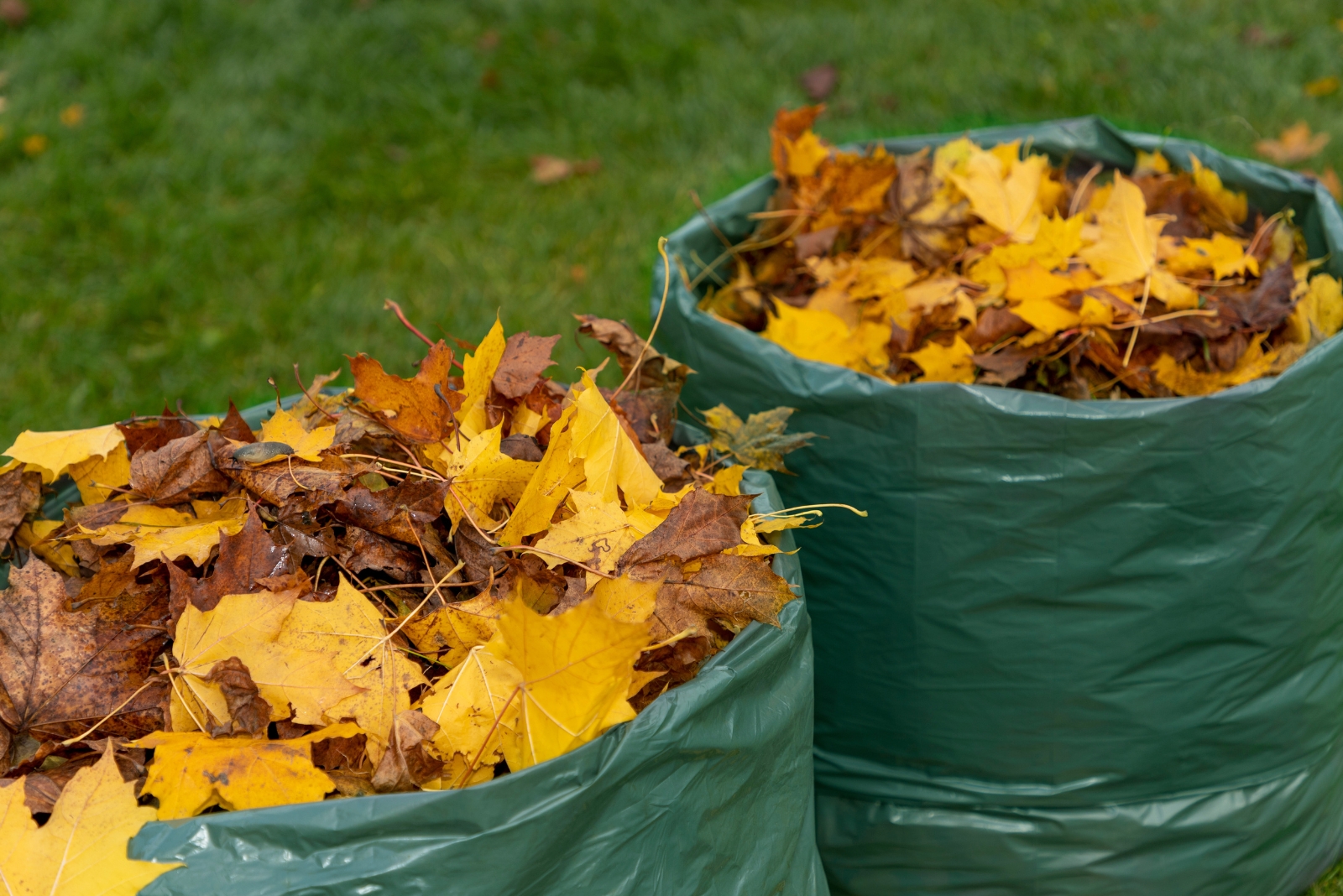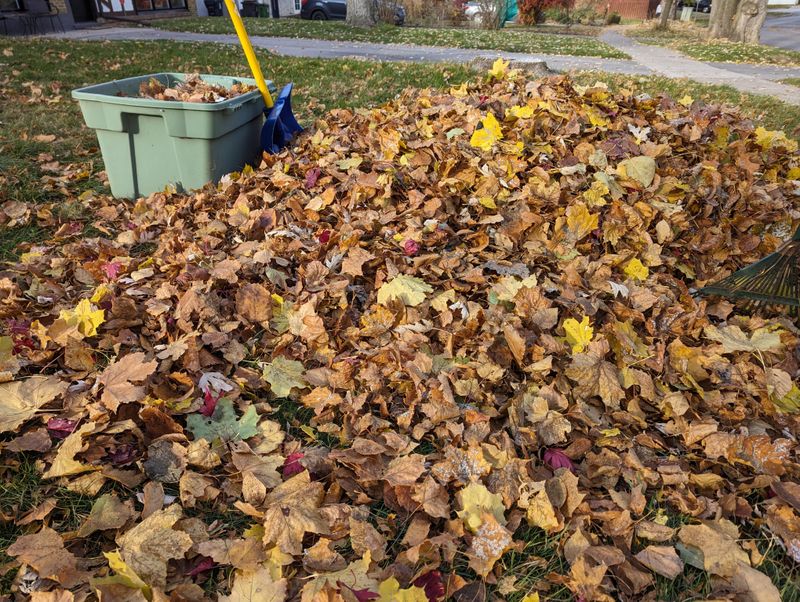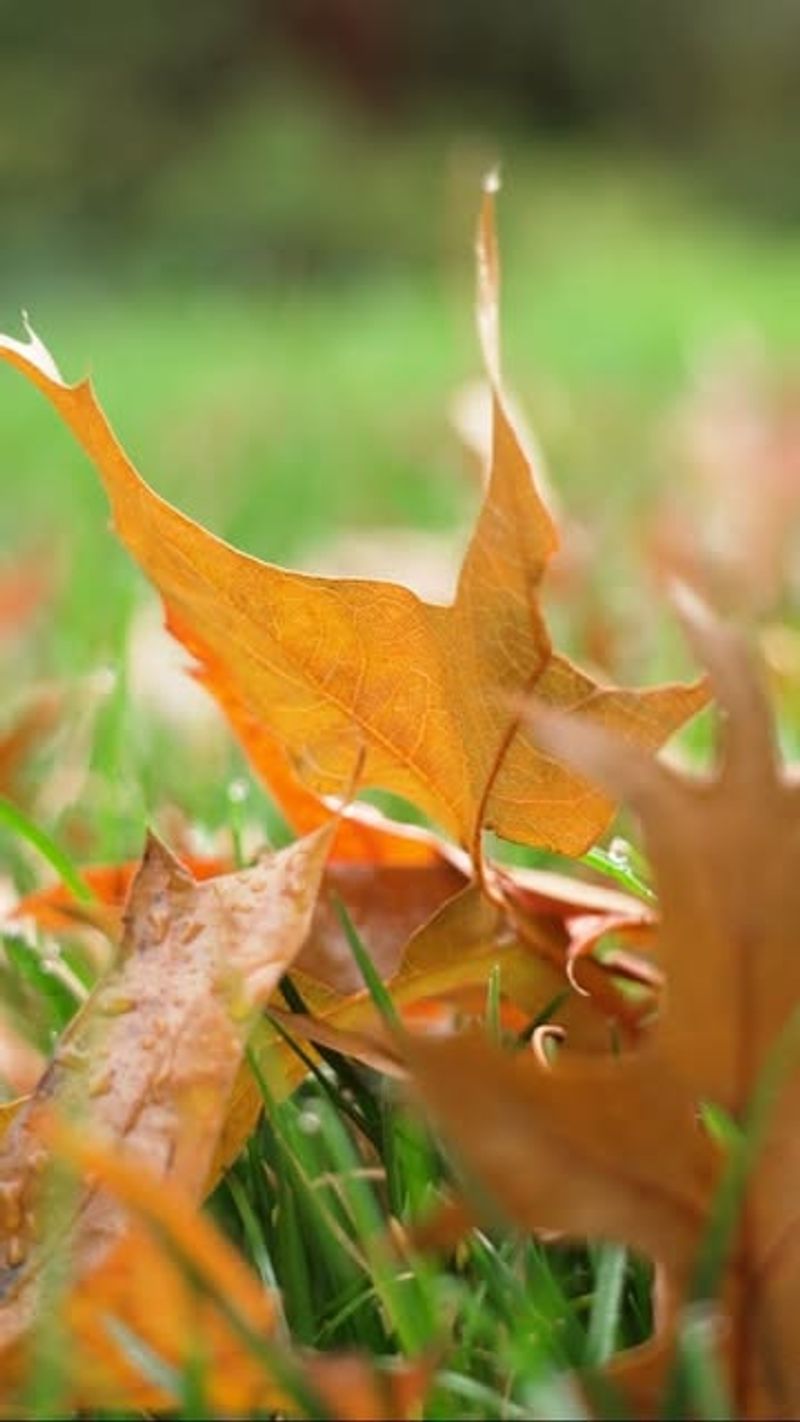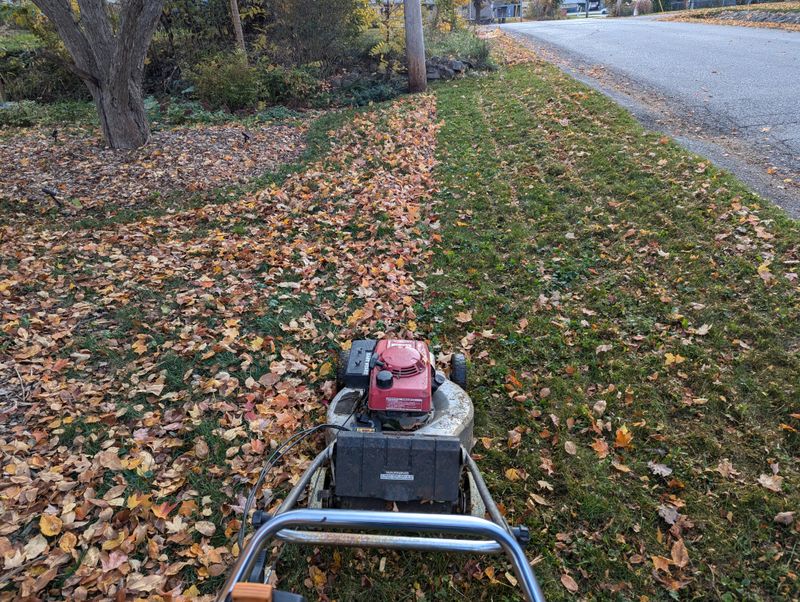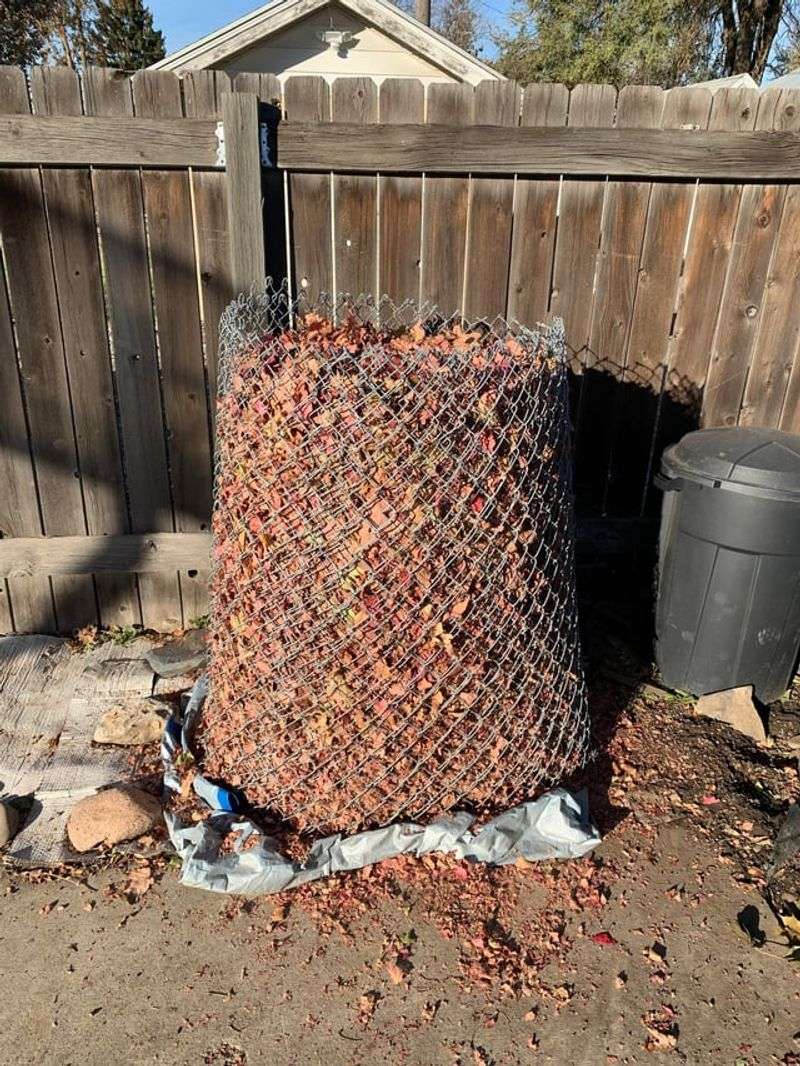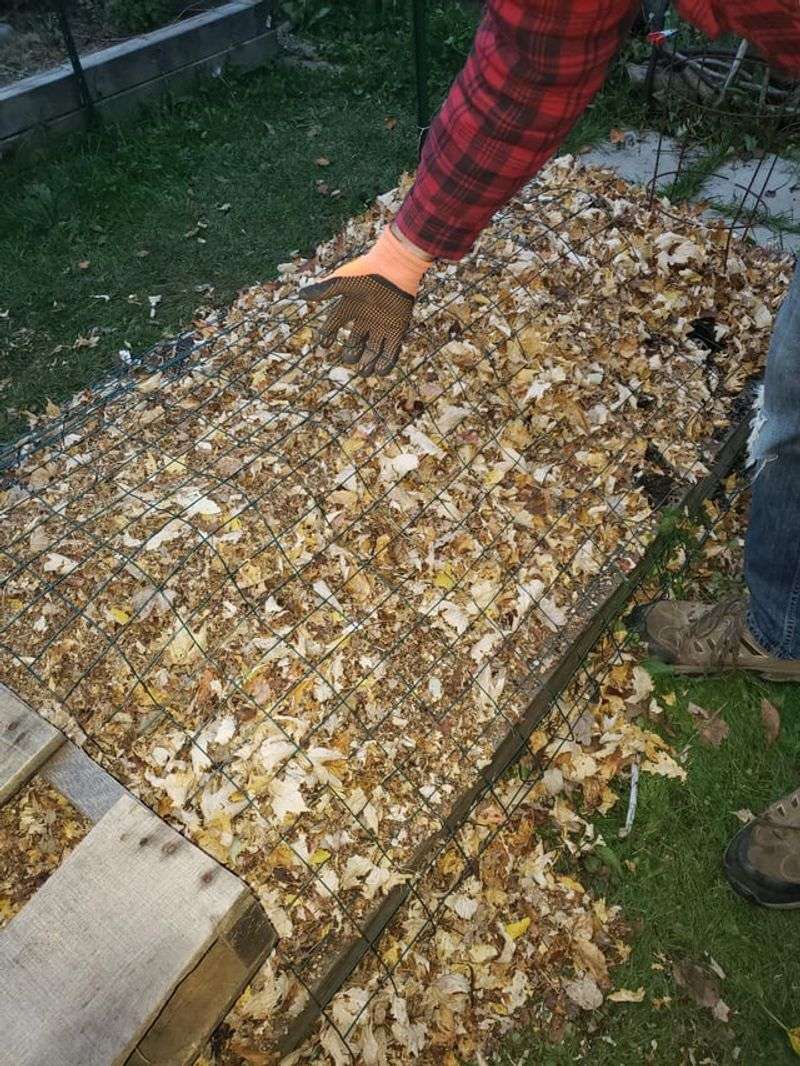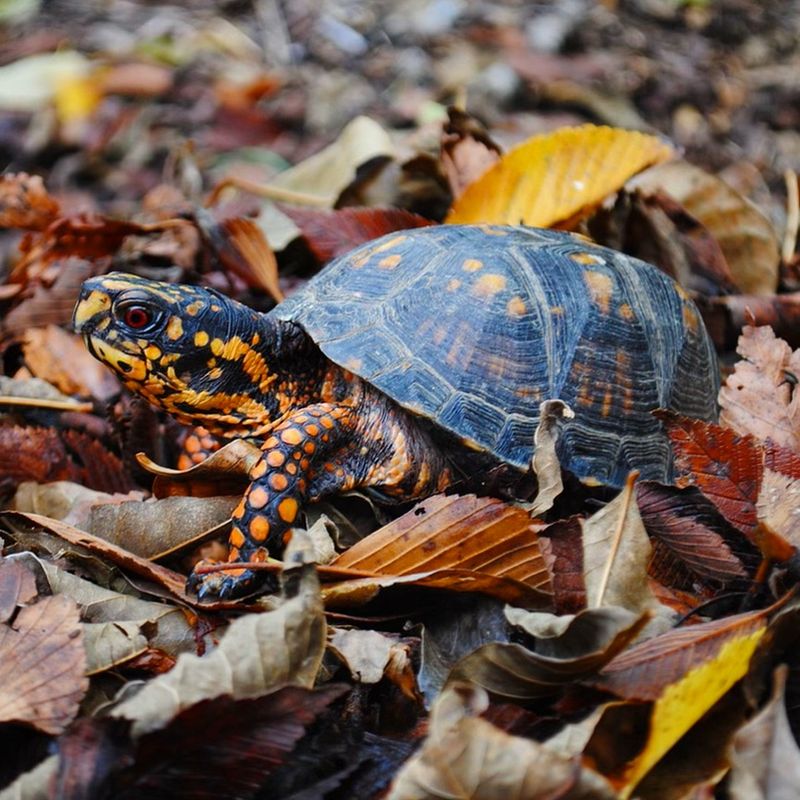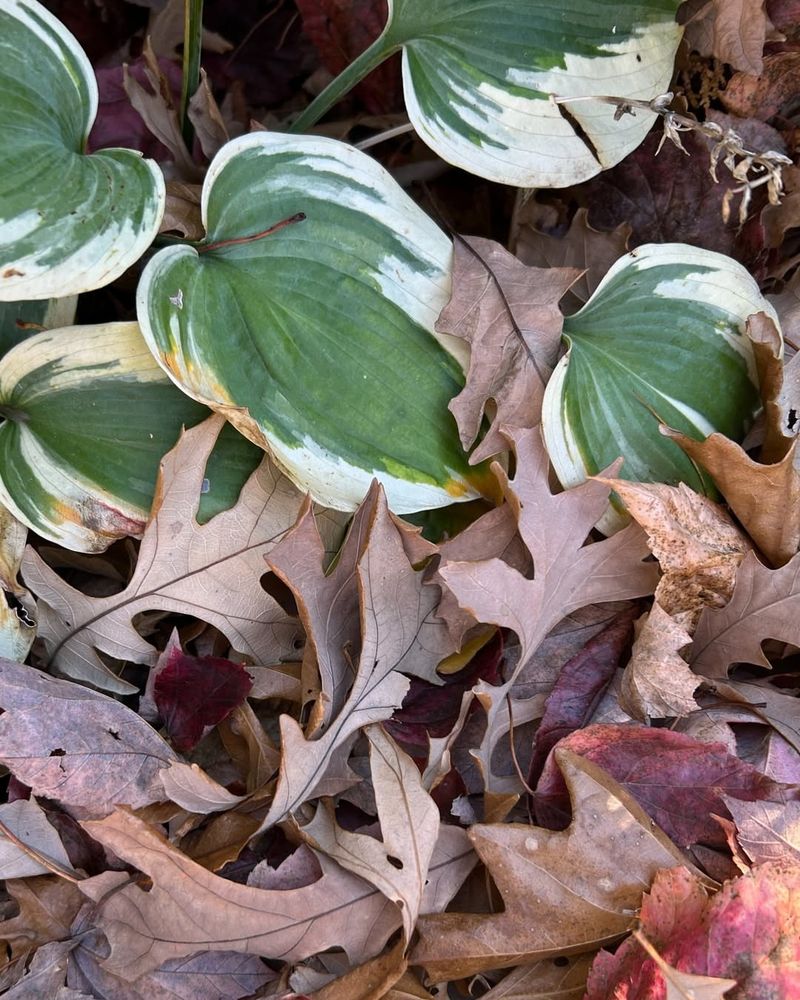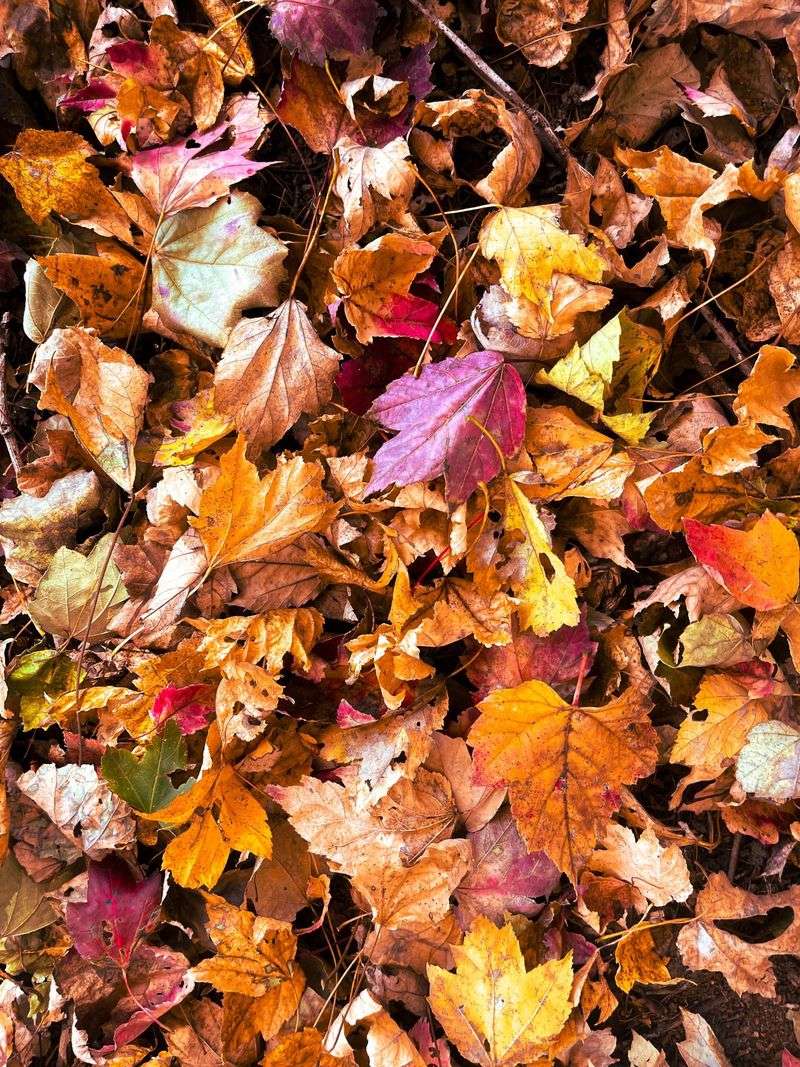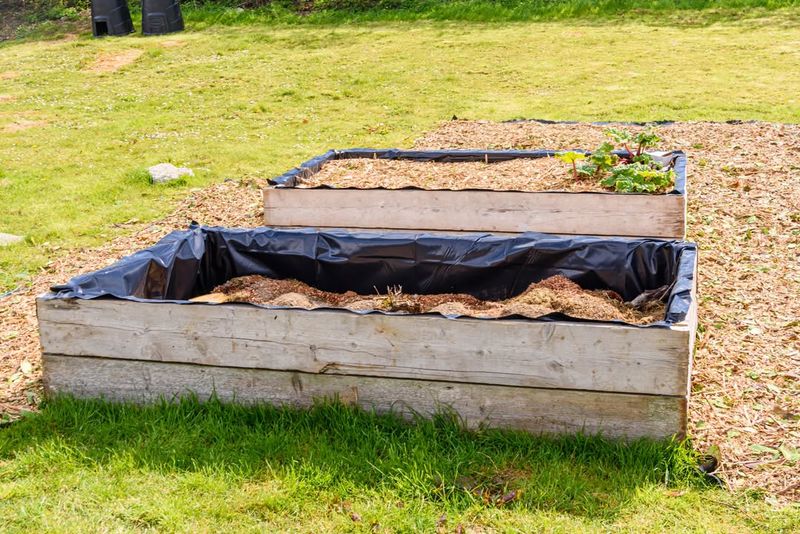Oregon gardeners, fallen leaves don’t have to mean endless bagging and trips to the curb. With a few clever approaches, you can put those leaves to work in your yard instead.
I’ve rounded up nine ideas to manage leaves naturally and efficiently. Your Oregon garden will stay healthy, neat, and stress-free this fall.
1. Create a Nutrient-Rich Compost Pile
Leaves break down into incredible food for your garden when you pile them up properly. Many Oregon gardeners swear by composting because it turns waste into black gold for plants.
Mix your fallen leaves with grass clippings, vegetable scraps, and a bit of water to speed up decomposition. Within several months, you’ll have rich compost that makes flowers bloom brighter and vegetables grow stronger.
Keep turning the pile every few weeks to help air circulate through it.
2. Mulch Your Garden Beds Naturally
Spreading leaves directly around your plants creates a protective blanket that locks in moisture and blocks weeds. Oregon winters can be harsh, so this extra layer helps roots stay warm and protected.
Shred the leaves first with a mower to prevent them from matting down and blocking water. A three-inch layer works perfectly for most garden beds and flower borders.
As they decompose, the leaves add nutrients back into the soil naturally.
3. Run Over Them with Your Lawn Mower
Your regular mower can chop leaves into tiny pieces that disappear right into your grass. Oregonians love this method because it’s quick and feeds the lawn at the same time.
The small leaf fragments break down fast, releasing nitrogen and other nutrients that grass roots absorb easily. Mow when leaves are dry for the best results, and make sure they’re not too thick.
Multiple passes might be needed for heavy leaf coverage across your yard.
4. Build a Leaf Mold for Future Use
Leaf mold is what you get when leaves decompose without other materials mixed in. Oregon’s damp climate actually speeds up this process beautifully.
Pile leaves in a corner of your yard, wet them down, and wait about a year or two. The result is a crumbly, earthy material that improves soil texture better than almost anything else.
Gardeners use leaf mold to lighten heavy clay soil or help sandy soil hold moisture better.
5. Protect Tender Plants for Winter
Piling leaves around delicate plants acts like a cozy blanket when Oregon temperatures drop. Perennials, young shrubs, and bulbs especially appreciate this extra protection from freezing conditions.
Stack leaves several inches thick around the base of plants, but keep them away from stems to prevent rot. Remove the leaf covering gradually in spring as weather warms up.
Your plants will emerge healthier and ready to grow with this simple winter care technique.
6. Create Wildlife Habitat Piles
Beneficial insects, toads, and small creatures need safe places to spend winter, and leaf piles provide perfect shelter. Oregon’s ecosystem thrives when you support local wildlife in your own backyard.
Pile leaves in a quiet corner where they won’t be disturbed throughout the cold months. Ladybugs, ground beetles, and salamanders will move in and help control garden pests come spring.
Kids often enjoy checking these piles carefully to see what creatures have made homes there.
7. Mix Leaves into Vegetable Garden Soil
Fall is the perfect time to work leaves directly into your vegetable beds before winter arrives. Oregon gardeners know that leaves improve soil structure and add organic matter that vegetables love.
Dig or till shredded leaves into the top six inches of soil in empty garden beds. By spring planting time, they’ll have partially decomposed and enriched the earth.
This method works especially well for improving clay-heavy Oregon soils that need better drainage and aeration.
8. Share with Neighbors Who Need Them
Not everyone in Oregon has enough leaves for their composting or mulching needs. Offering your extras to neighbors creates community connections while solving your leaf problem.
Gardeners with large vegetable plots or new landscaping often need more organic material than their own trees provide. Post on neighborhood apps or simply ask around your street.
You might discover fellow gardening enthusiasts right next door who’ll happily take those leaves off your hands completely.
9. Create Lasagna Garden Layers
Lasagna gardening builds new planting areas by layering organic materials like leaves, cardboard, and compost without digging. Many Oregon gardeners use this method to start fresh beds right over grass or weeds.
Alternate thick layers of leaves with nitrogen-rich materials like grass clippings or kitchen scraps. Top everything with finished compost, and you can plant immediately.
The layers break down over time, creating incredibly fertile soil that produces amazing harvests year after year.

